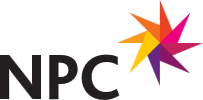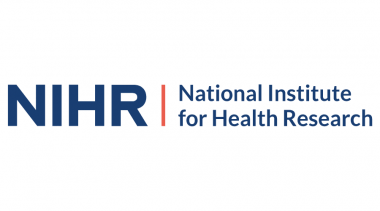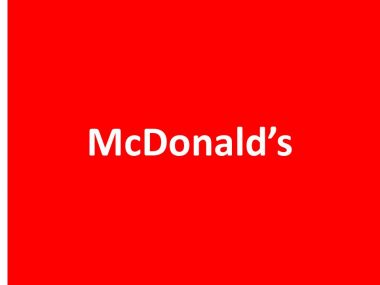This blog on search facilities and sitemaps is a continuation of our series, looking into what comparisons can be made between inaccessible elements on websites, which was inspired by an AXSChat Podcast.
After finishing my original blog, I decided to expand and tell you a bit more about specific areas of assistive technology features that should be used and accessible within a digital platform. This should be the case whether on a website, a document, or any other digital information.
This specific blog looks into the need for search facilities, sitemaps (or both) to aid with accessibility.
What Is A Website Search Facility?
If you are looking for a certain subject matter and want to find as much detail as possible about it, you would enter the topic into an online search facility. As a result, a page would open with all of the relevant pages found within the website. The results will not only display the content you were searching for, but they will also provide some ideas that you may not have considered previously. In addition to the search results, the website should allow you to filter down these findings further.
What Are Sitemaps Used For Online?
Most of you would have heard of a search facility, especially on most shopping websites. However, a sitemap may be a different matter.
A link to a sitemap on a website is normally found at the bottom section of a web page. Not a lot of people may know that it is there. However, the sitemap is a very useful tool that can assist everyone with navigation. Although it is normally a very large page full of links, it can be informative by providing a list of every page title found on the website. In turn, it gives you the ability to be able to go straight to that web page.
Some of the website’s pages can be hidden from the user. This is due to a site visitor needing to navigate through four or five pages to ensure that they don’t miss out on any required key information, which they would do if they bypassed certain steps.
Like the search facility, the sitemap allows people to find information they may not know existed on a website.
Without at least one of these facilities, it may take a user some time to find the information on a website. This could result in visitors going to another platform, where they can promptly find the same information or product. The advantage of these facilities is that visitors will not only find the information they are seeking but also additional information which could entice them to stay on the website.
Everyday Comparisons Using Search Facilities And Sitemaps To Gain Direction
Here are two everyday comparisons looking into how a search facility or sitemap could aid with a visit to a hospital or a trip to a shopping centre.
Hospitals are so large nowadays, and they have long corridors that seem to go on for an age. The search facility is similar to going into the main foyer and there being no reception desk. If there was a receptionist, you could ask them where you need to go, or they could at least point you in the right direction.
At our local hospital, every junction normally has a list of wards or other important information. This list provides directional options you can take with arrows or sub-categorised information you seek. This would be similar to the use of a sitemap. Just think, if these lists were not there and you just kept on walking, it would take you twice as long as it should have. You would be relying on luck alone to get you to where you need to go.
Funny story, it took us a lot longer to find our way out of the hospital the other day, than finding the correct place we needed to go to in the first place. Luckily, there is no need to worry about that on a website, as there is normally a link back to the homepage so you can begin your search again.
Further Examples
Another example of using a sitemap would be in a new shopping centre that has opened. The centre is four floors high, with 50 shops on each floor. I know many of you may like window shopping, but even the hardiest of shoppers would find this centre hard-going.
If there were no maps or information boards with the names of the shops on, it would be a nightmare to get around. However, like a sitemap, a list divided up into floors and sections will assist people in locating where their favourite shops are. It will also present the stores that they had not heard of before, which they may fancy looking around. Swapping back to the search facility in this example, with the notice board being broken down into floors and sections, this would narrow down the search result further, giving you direct options of where to visit.
Has Your Website Got A Search Or Sitemap Feature?
Has your website or favourite digital platform got a search facility or sitemap on it? What about where you work? Does their website or internal intranet have one of these facilities? If not, why not get in contact with them and suggest it? Adding these facilities to the website will be good not only for you but for them as well.
Eliminating Inaccessible Digital Platforms
I know I have used this last paragraph at the end of each of this series of blogs, but it relays the important message of all the blogs written:
These are just a few comparisons between most people’s everyday life experiences and one of the inaccessible features of digital information in their life. However, there really is no need for any inaccessible areas, as there are always alternatives.
Think about when you could not get access to something. Whether it is in a shop or around your normal life experiences. There is no real reason why you should not be able to gain access. It is usually due to someone having made it inaccessible to you because of the design and not thinking of your individual needs as a customer in a specific situation.
It’s time to make a change and be inclusive.
Over the next few months, I’ll be blogging about ways that you can adapt your websites to achieve digital accessibility and improve the user experience for everyone.
For more details about how we can help with website accessibility testing, please get in touch with our team today.







